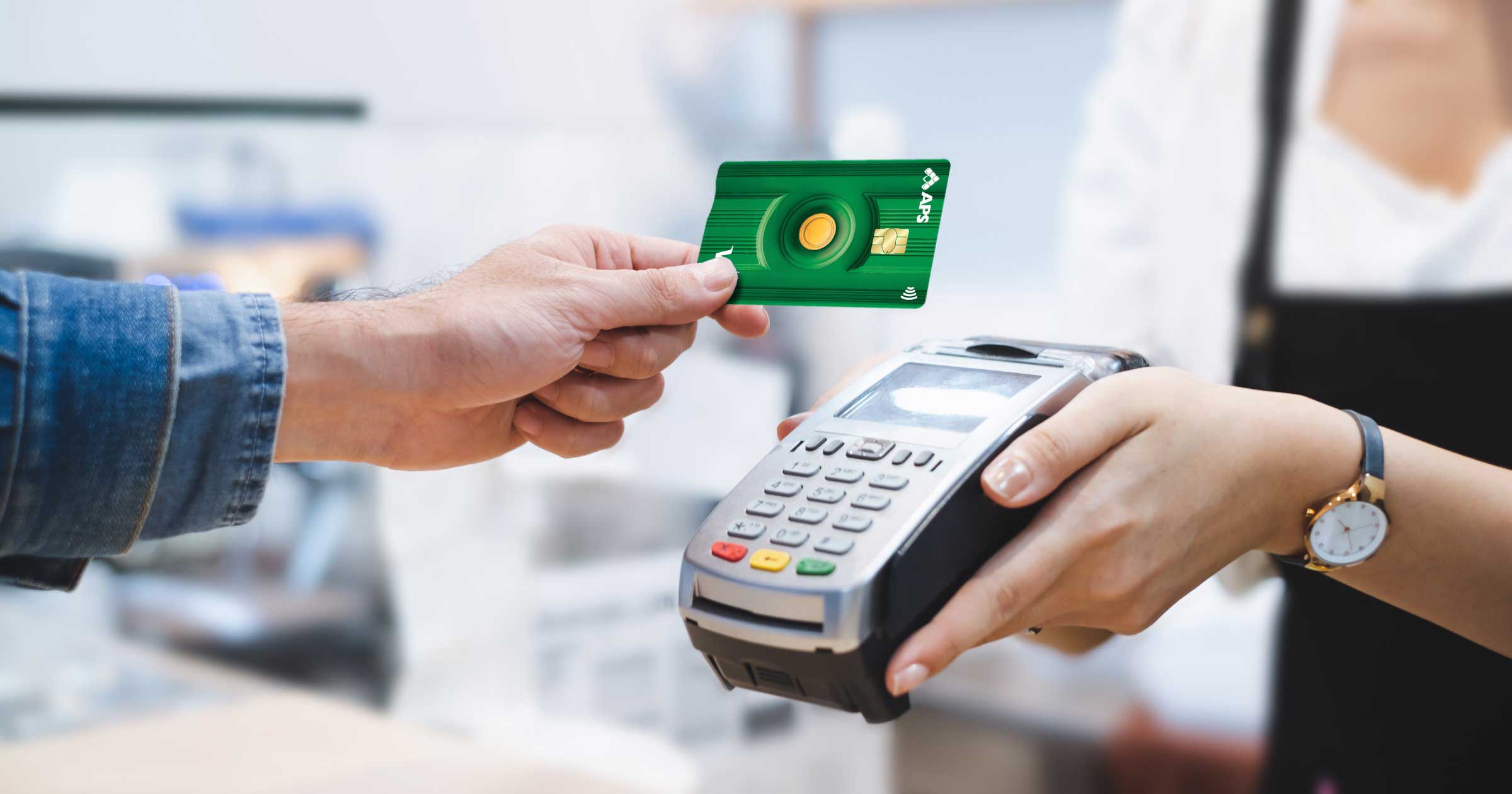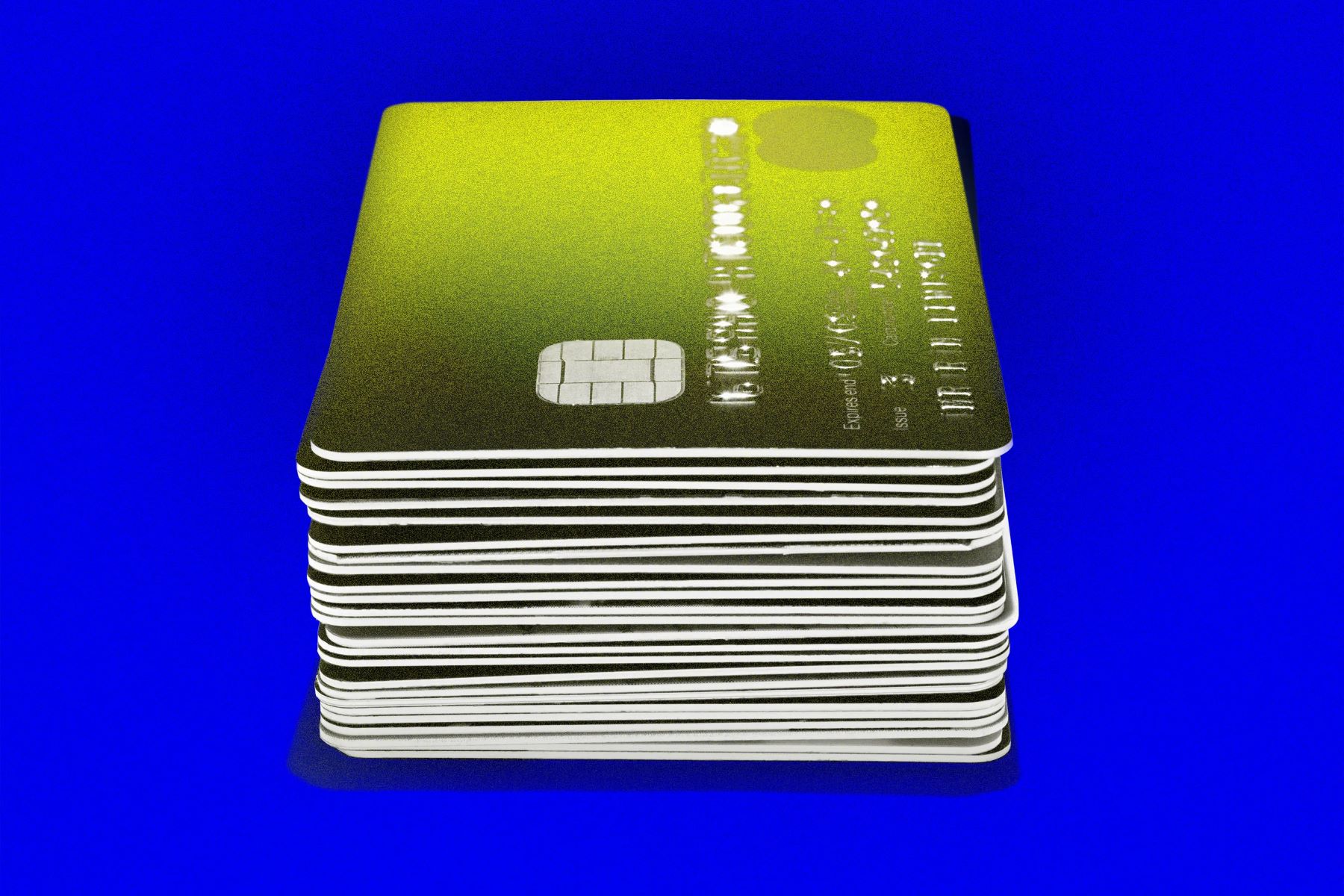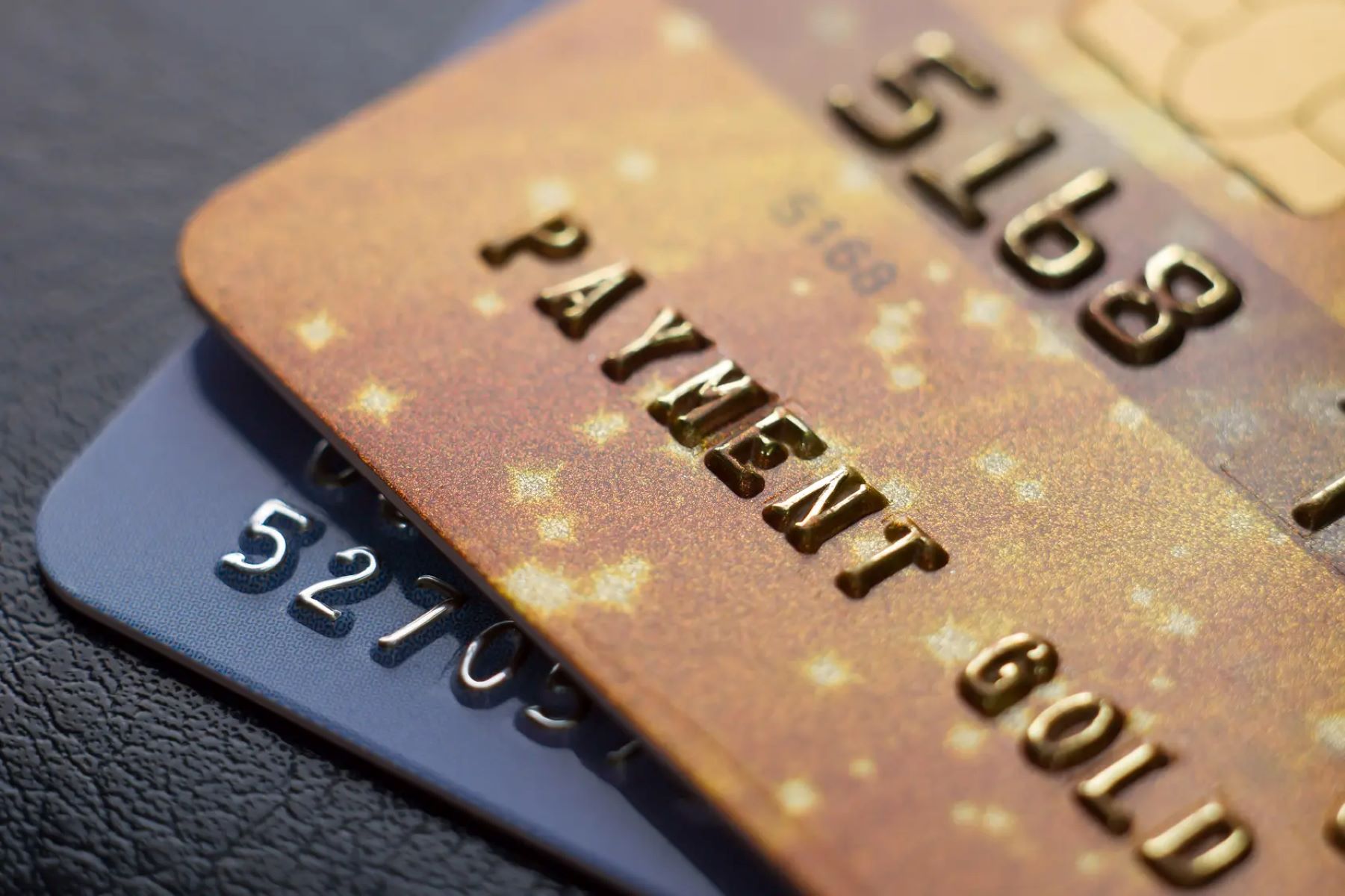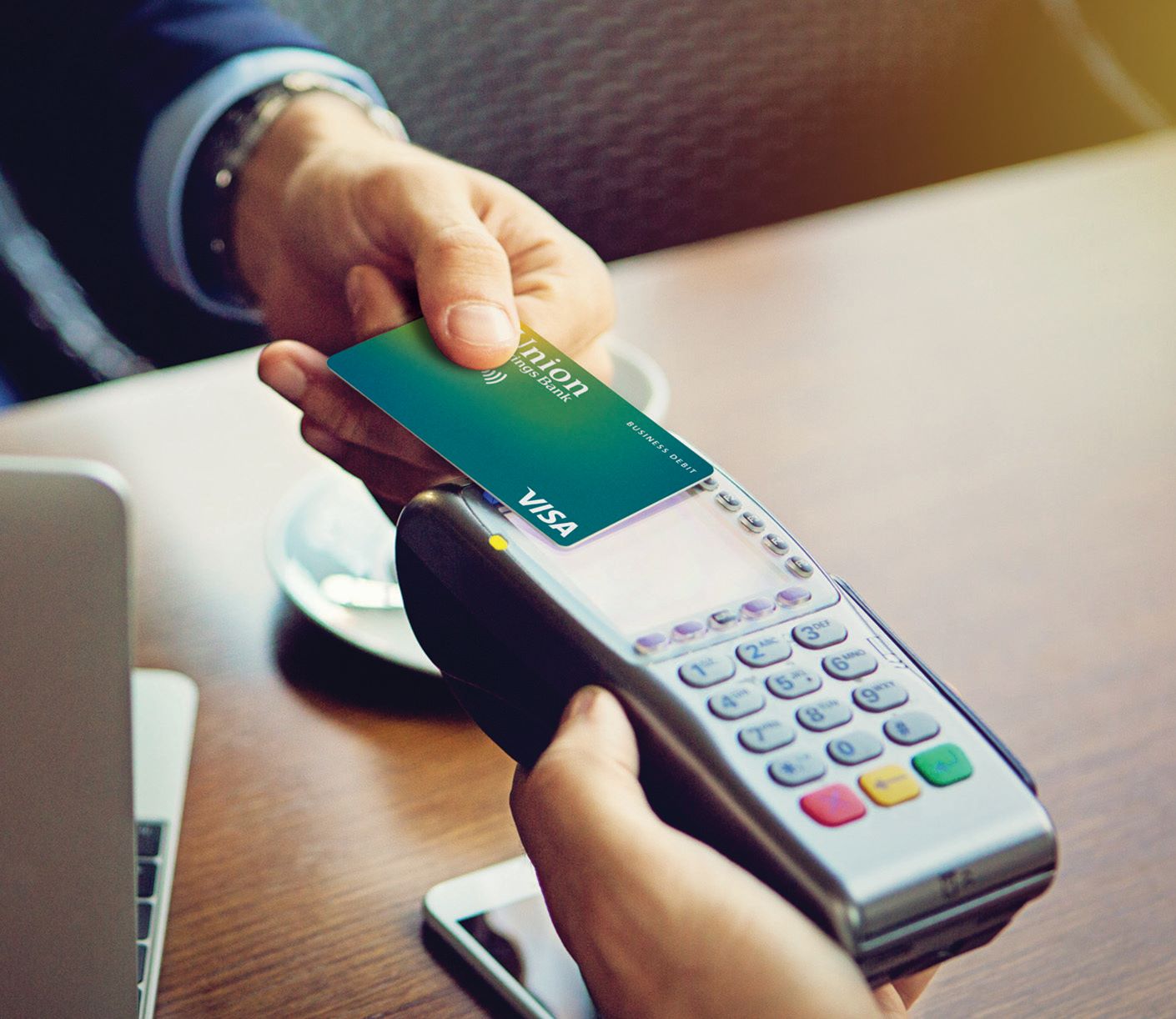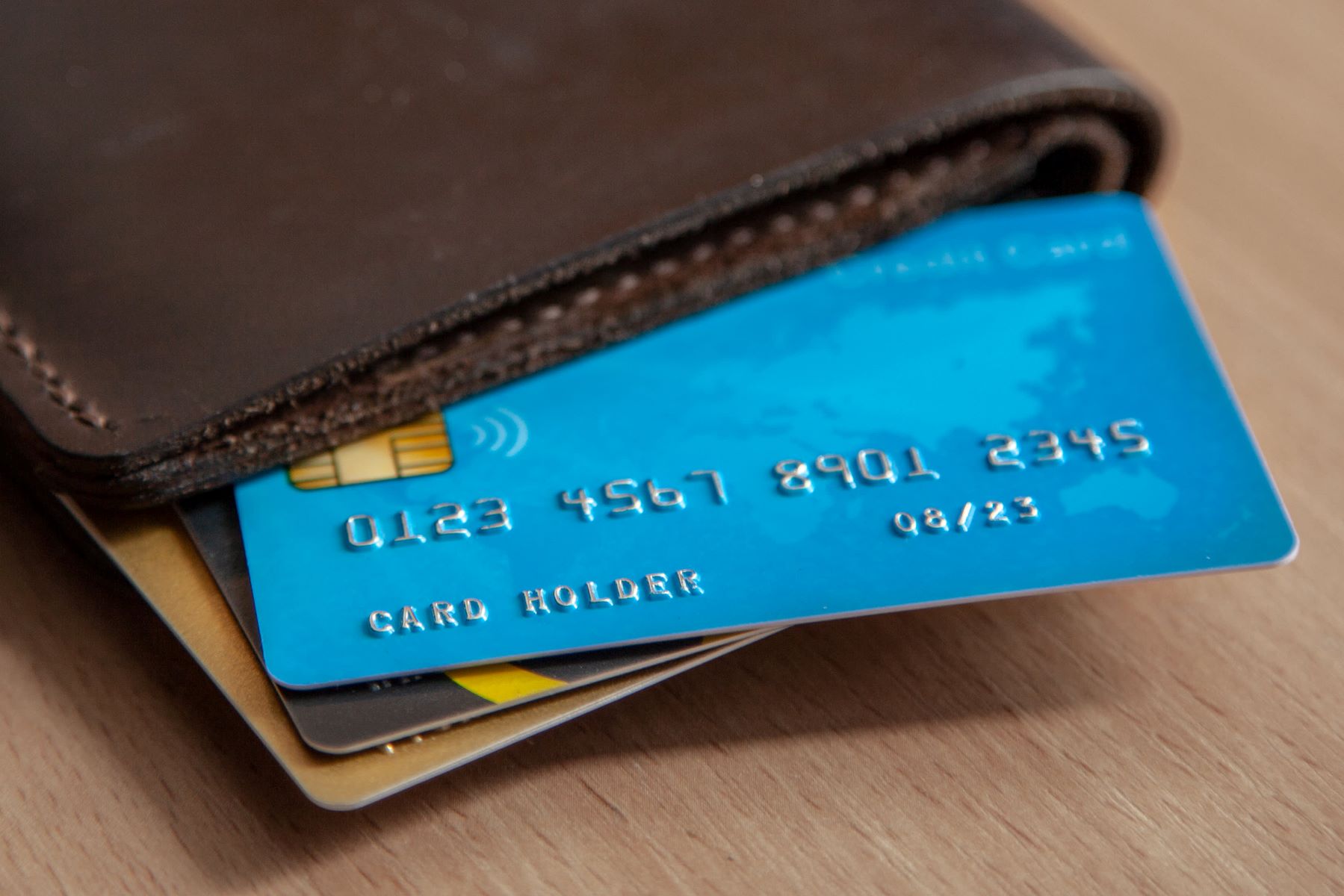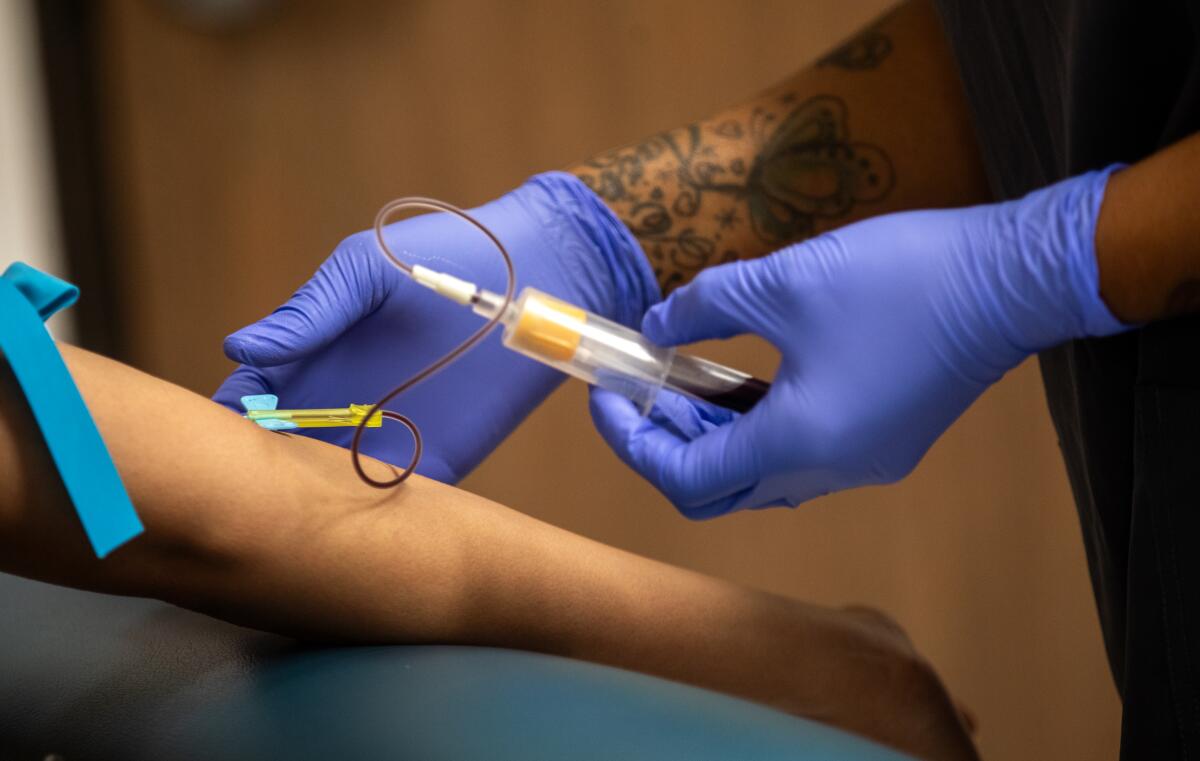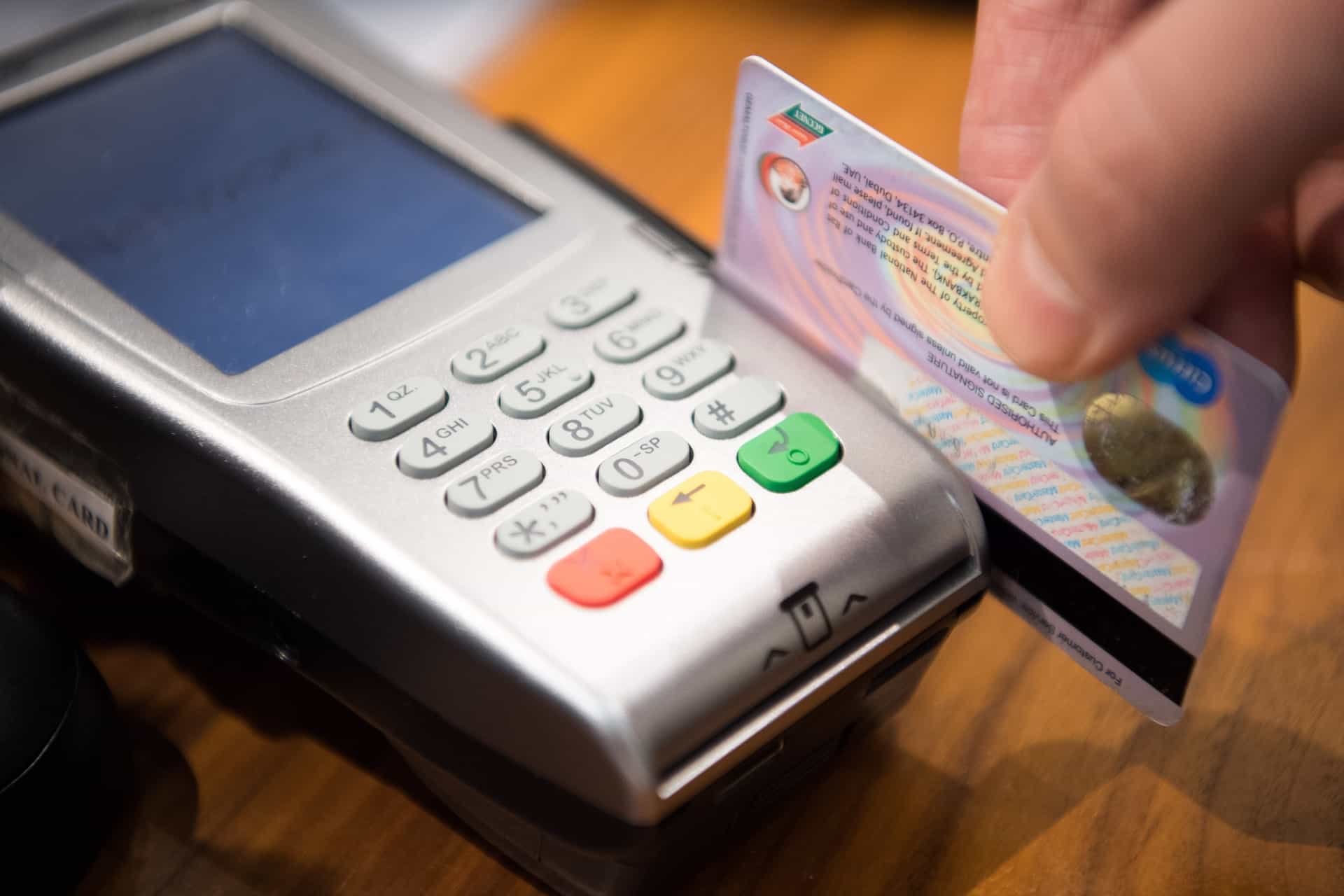

Finance
How To Slide Credit Card
Published: October 25, 2023
Learn how to slide your credit card responsibly and effectively to manage your finances and make smart financial decisions. Discover expert tips and tricks for maximizing your credit card benefits while avoiding debt.
(Many of the links in this article redirect to a specific reviewed product. Your purchase of these products through affiliate links helps to generate commission for LiveWell, at no extra cost. Learn more)
Table of Contents
Introduction
In today’s technologically advanced world, credit cards have become an indispensable tool for managing personal finances. Whether it’s making online purchases, booking travel accommodations, or simply enjoying the convenience of contactless payments, credit cards offer a plethora of benefits. But what happens when your credit card gets stuck in a payment terminal or ATM machine? Frustration and panic might set in, but fear not! There’s a technique called “sliding” that can help you retrieve your credit card safely and without causing any damage.
“Sliding” a credit card refers to the act of gently maneuvering it into the slot where it’s stuck and using it to dislodge and retrieve the card. This technique requires some patience, finesse, and a steady hand, but it can save you from the hassle of seeking professional help or replacing your card. In this article, we will guide you through the process of sliding a credit card, step by step.
Before we begin, it’s important to note that sliding a credit card should only be attempted if you are confident in your abilities and if you are comfortable accepting any risks associated with the process. If you have any doubts or concerns, it’s always best to contact the customer service of the payment terminal or ATM machine, or your card issuer for assistance. With that said, let’s delve into the process of sliding a credit card!
Step 1: Preparing the Surface
Before attempting to slide your credit card, it’s crucial to ensure that the surface around the stuck card is clean and free from any obstacles or debris. This step is essential to prevent any further damage to your card or the surrounding apparatus. Here’s what you should do:
- Inspect the area: Take a close look at the payment terminal or ATM machine where your card is stuck. Look for any signs of dirt, dust, or foreign objects that might hinder the sliding process.
- Clean the surface: If you spot any dirt or debris, use a soft cloth or a tissue to gently wipe the area around the card slot. Be cautious not to push the card further inside while doing this.
- Remove any obstructions: If there are any objects, such as paper receipts or leftover adhesive from previous transactions, carefully remove them using your fingertips or a pair of tweezers. Again, be gentle to avoid pushing the card deeper inside.
By ensuring that the surface is clean and obstacle-free, you create a suitable environment for sliding your credit card. This step sets the foundation for a successful retrieval without causing any additional harm. Once you’ve prepared the surface, you can move on to the next step: positioning the credit card.
Step 2: Positioning the Credit Card
With the surface prepared, it’s time to position your credit card in a way that maximizes its effectiveness in sliding out the stuck card. Follow these steps to ensure proper positioning:
- Assess the angle: Take a careful look at the card slot and try to determine the angle at which your credit card needs to enter. This may vary depending on the specific machine you are dealing with.
- Align the card: Hold your credit card in a horizontal position and align it with the slot at the determined angle. The card should be inserted with the magnetic strip, chip, or embossed numbers facing downward, depending on the type of card and machine.
- Slow and steady: Begin inserting the edge of the card into the slot, applying gentle pressure. Ensure that the card is entering smoothly and does not get stuck or jammed during the process.
- Partial insertion: Introduce the card partially into the slot, leaving a small portion (about an inch or two) exposed, providing enough grip to manipulate the stuck card.
By positioning your credit card correctly, you optimize its ability to reach and engage with the stuck card. The angle and alignment play a significant role in ensuring a successful slide. Once you have positioned the credit card, you can proceed to the next step: applying pressure and sliding.
Step 3: Applying Pressure and Sliding
Now that you have properly positioned your credit card, it’s time to apply pressure and begin the sliding process. Follow the steps below to safely and effectively dislodge the stuck card:
- Gently push and wiggle: With the exposed portion of your credit card wedged into the slot, start applying gentle pressure while simultaneously wiggling the card back and forth. This motion helps to loosen the grip of the stuck card.
- Use steady, controlled movements: Avoid using excessive force or jerky movements as it may cause damage to the card or the machine. Instead, maintain a steady pressure and slowly slide the card in and out of the slot.
- Alternate directions: If the stuck card doesn’t budge initially, try sliding the credit card in different directions, alternating between left and right or up and down. This variation can help free the card by dislodging it from its position.
- Be patient and persistent: Sliding a stuck card can sometimes be a delicate and time-consuming process. It’s important to remain patient, keep trying different angles and motions, and maintain a gentle yet consistent pressure until the stuck card starts to move.
Remember, the goal is to gradually loosen the stuck card and create enough space for it to be safely retrieved. Rushing or using excessive force can not only damage the card but also potentially cause further issues with the machine. Once you’ve successfully slid the card, move on to the next step: checking for success.
Step 4: Checking for Success
After applying pressure and sliding your credit card, it’s essential to check whether your efforts have been successful in dislodging the stuck card. Follow these steps to determine if you’ve been able to retrieve it:
- Inspect the slot: Take a look inside the card slot to see if there are any visible changes. Look for any signs of movement or gaps between the stuck card and the slot walls, indicating that it has been partially or fully dislodged.
- Gently pull the credit card: Slowly and carefully pull your credit card out of the slot. Feel for any resistance or pulling sensation that could indicate the stuck card is still firmly in place.
- Observe the stuck card: If your credit card comes out smoothly and without any resistance, examine the stuck card. If it has moved or is no longer wedged tightly, it is a good indication that your sliding technique was successful.
- Test the machine: If the stuck card appears to have been dislodged and your credit card slides in and out of the slot smoothly, try using the machine with a different card or making a test transaction to ensure everything is functioning as it should.
By carefully checking for signs of success, you can determine whether your sliding technique was effective in retrieving the stuck card. If you find that the card is still firmly stuck or if there are any other issues with the machine, it’s best to contact the relevant customer support or card issuer for further assistance. In the next step, we will provide some troubleshooting tips to help you navigate any potential challenges.
Step 5: Troubleshooting Tips
While sliding a credit card can often be a successful method for retrieving a stuck card, there are instances where additional troubleshooting steps might be necessary. Here are some tips to help you navigate any potential challenges:
- Try a different angle: If your initial sliding attempts are not successful, try inserting the credit card at a slightly different angle. Sometimes, a slight adjustment in positioning can make all the difference in dislodging the stuck card.
- Apply lubrication: In certain situations, applying a small amount of lubrication to the card slot can help loosen the grip on the stuck card. Use a dry lubricant or a small dab of petroleum jelly and try sliding the credit card again.
- Use a thin tool: If sliding the credit card alone doesn’t work, you may try using a thin, flexible tool like a thin plastic ruler or a folded piece of paper to gently push against or pry the stuck card. Be extremely cautious and delicate to avoid causing any damage.
- Seek professional assistance: If the stuck card remains firmly lodged or if you’re unsure about proceeding further, it’s advisable to contact the customer service of the payment terminal or ATM machine. They have specialized tools and training to safely remove stuck cards without causing any harm.
Remember, troubleshooting steps should only be attempted if you are comfortable and confident in your abilities. If you have any doubts or concerns, it’s always best to seek professional assistance to avoid any potential damage to the machine or your card.
Despite the frustration that comes with a stuck card, it’s important to approach the situation with patience and caution. By following the steps outlined in this guide, conducting thorough checks, and employing troubleshooting tips where necessary, you increase your chances of successfully retrieving your card without causing any further complications.
Conclusion
Dealing with a stuck credit card can be a nerve-wracking experience, but with the proper technique and a calm approach, you can safely retrieve your card without causing any damage. Sliding a credit card is a method that can be effective in dislodging a stuck card from a payment terminal or ATM machine.
In this article, we walked you through the step-by-step process of sliding a credit card. From preparing the surface and positioning the card to applying pressure and checking for success, each step is crucial in ensuring a successful retrieval. We also provided troubleshooting tips for those situations when the initial sliding attempts are not successful.
It’s important to note that while sliding a credit card can be a useful technique, it should only be attempted if you are confident in your abilities and comfortable accepting any associated risks. If you have any doubts or concerns, it’s always best to seek assistance from the customer service of the payment terminal or ATM machine, or your card issuer.
Remember, patience and caution are key when attempting to slide a credit card. Rushing or using excessive force can cause damage to the card or the machine, leading to more complications. Always prioritize your safety and the proper functioning of the equipment.
We hope that this guide has provided you with valuable insights and instructions on how to slide a credit card safely. However, prevention is always better than cure. Remember to handle your credit card with care, avoid inserting it too forcefully, and keep the card slot clean to minimize the chances of it getting stuck in the first place.
